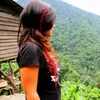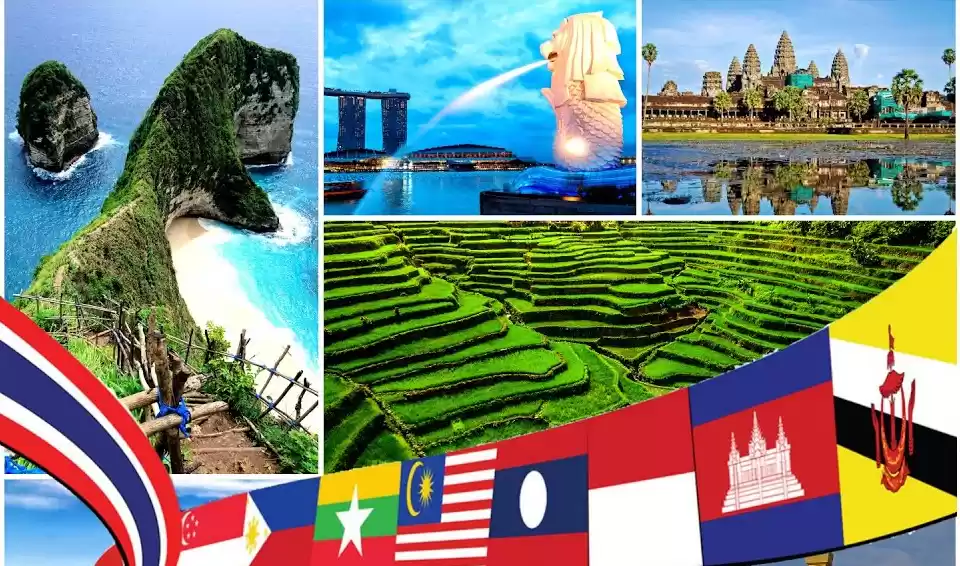Time had broken into a gallop. It was our penultimate day in Tawang. The discerning traveler in me had begun to think that I had seen Arunachal in its most pristine glory. Little did I know that this jewel in the crown of north-east India would enthrall me yet again, this time with the rugged beauty of Bumla Pass.
We began the steep ascent to Bumla at 8 am and the journey of 37 km took no less than three hours. A few kilometres outside of Tawang, we stopped at the first Army check post. Our papers were thoroughly examined here and numerous admonitions for returning before 4 pm were delivered. The journey that ensued can be best described as bone-rattling, with pit stops being few and far between. The sullen beauty of the mountains held an edge of danger, of ruthlessness. Our vehicle inched forward slowly, as if clinging on to the mountain track with all its might, breaking the silence with the dull hum of its engine.

Our tryst with history continued as we learned that besides being the theatre of the 1962 Indo China war, this route had been used by Dalai Lama to escape from Tibet. Abandoned bunkers with marks and holes from bullets could still be seen en-route.
We arrived at a Y-point from where the road branched off to Bumla Pass on one side and Madhuri Lake on the other. We continued along the Bumla road and a few kilometres ahead we came across a water body of indescribable beauty. Pangang Teng Tso or PT Tso Lake was a painter’s muse, creating a visual tapestry with its placid waters reflecting the lush greenery all around.

As we embarked on the final leg of the journey to Bumla Pass, we noticed that the landscape underwent a discernible change. It became increasingly barren, devoid of any vegetation. The mountains, mysterious and imposing, straight and stiff-backed, seemed to kiss the heavens and close in on everything below.
When we finally arrived at Bumla Pass, we were greeted by fierce gusts of wind, a steady drizzle and a whole company of smiling, beaming army jawans. We were at the Indo China border, the Line of Actual Control (LAC) at 16,500 feet above sea level. The wind and rain were making it impossible for us to stand still in one place; to believe that the Indian Army remained stationed at such an inhospitable place throughout the year was simply incredulous. We met and exchanged greetings with some of the senior commanders, following which a clutch of junior officers were dispatched to escort us around the area.
15th August was just round the corner and the place had been clearly decked up for Independence Day celebrations. Several high ranking officials from the army of the People’s Republic of China were also expected to participate and engage in discussions, we learned. On enquiring about the exact location of the border between the two countries, we were escorted to an open area with a heap of stones shaped like a triangle and a signboard conspicuously proclaiming Sino-Indian friendship. That was the border, we were told; no fence, no barbed wire, only a heap of stones separating the mainland of two countries. On the other side rose the ramparts of the mighty Tien Shan range and tiny human figures in khaki uniforms (seen through binoculars) seemed to be going about their day’s job in a brisk, businesslike fashion.


The weather had turned inclement and our driver had turned anxious. We had to begin our descent very soon, but this happened only after gorging on piping hot maggi and steaming cups of tea at the army canteen. As we wrapped our cold fingers around the hot cups and slurped the thick sugary brown syrup, a lively conversation ensued. Some of them were from the Rajputana Rifles while some others from Garhwal Rifles. A burly young man from the Assam Rifles was only too happy to converse in Assamese with my friend who was well versed in that language. We said our goodbyes, raised our hands to salute and headed back to the warmth of the waiting car.
The journey back to Tawang was an equally arduous one. And the descent to the lower reaches of Arunachal the next day again saw us traversing hundreds of kilometres. But the five days spent there had held me captive in a surreal intoxication. It was as though the land’s beauty had injected itself into my veins and addled my mind. The awe-inspiring feats of the Indian army, the smile that never faded from the faces of the locals and the scenic splendour all around seemed to cajole me into making a promise – to return to this land very soon.

























